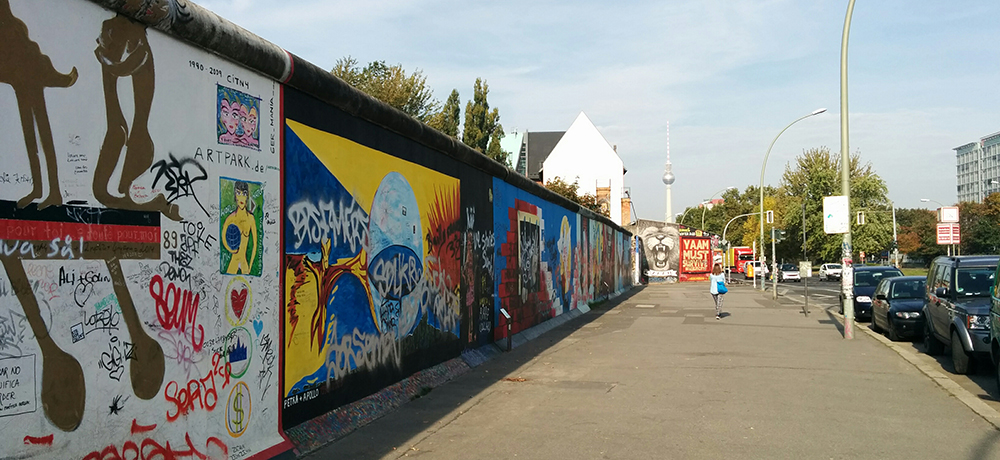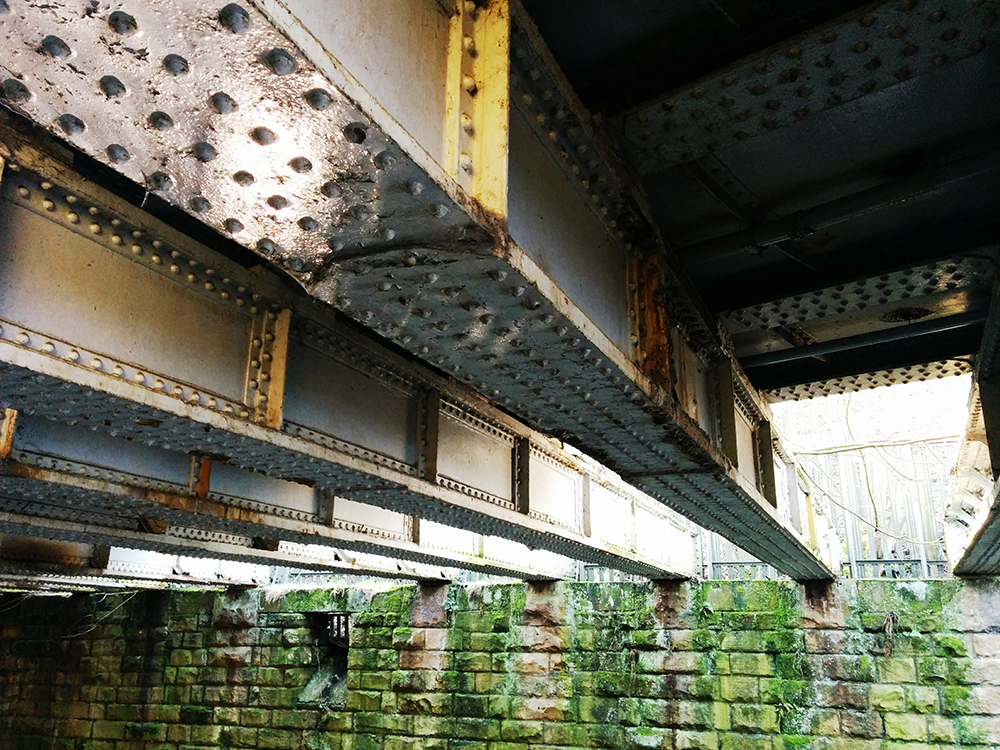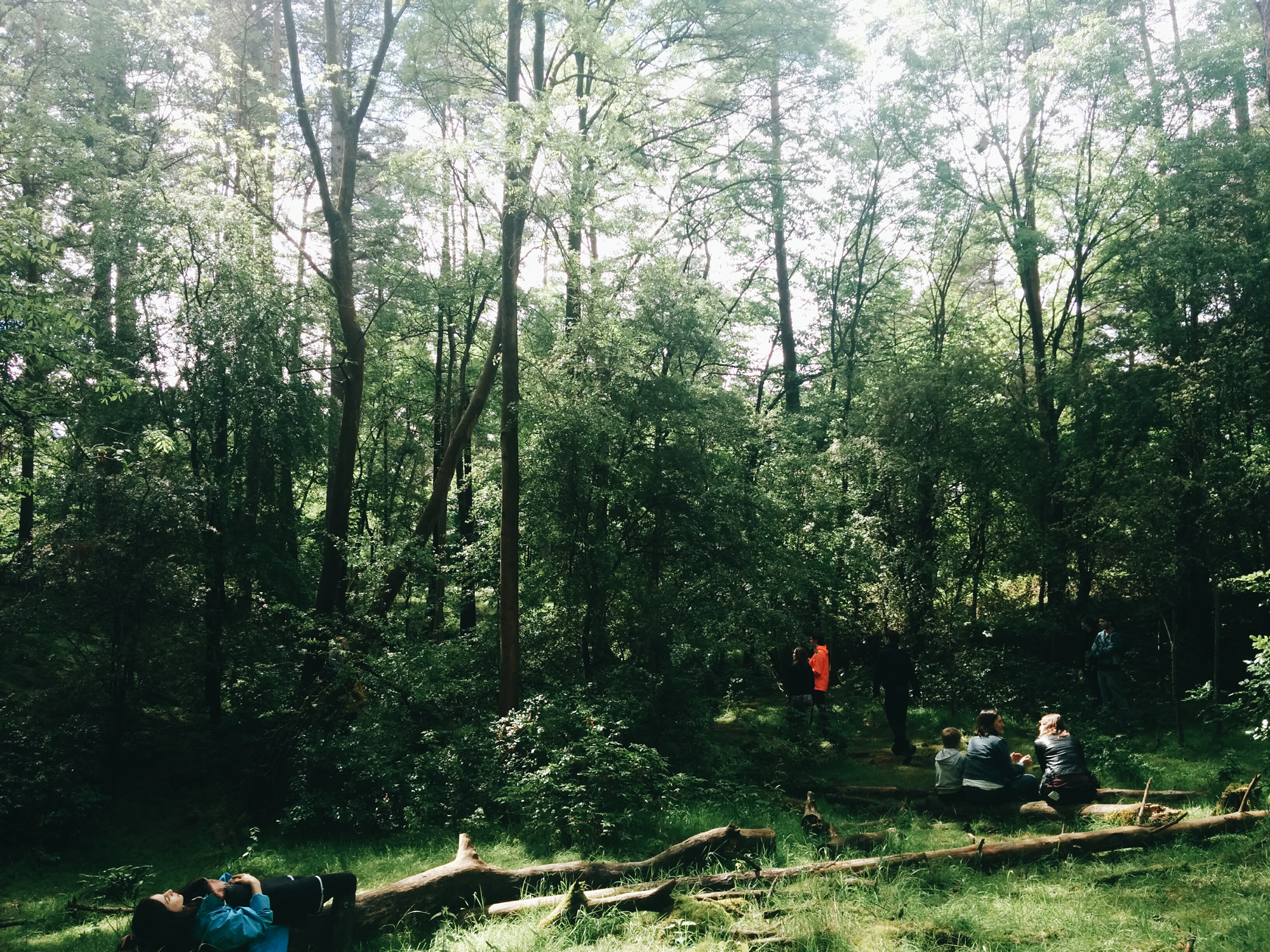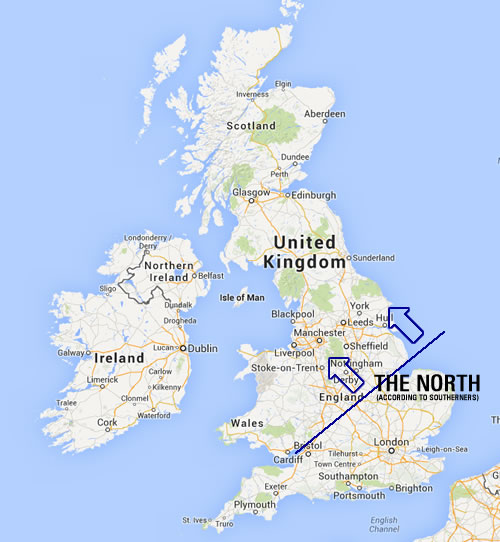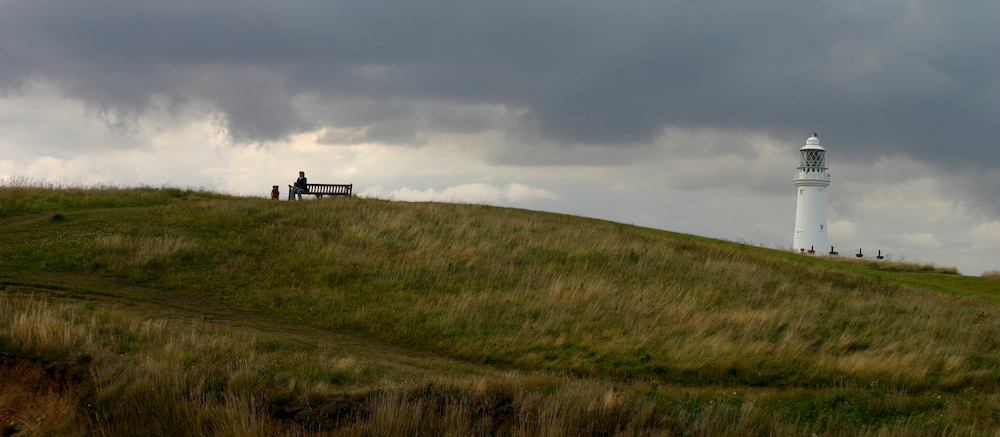So, returning to an old subject, about which I’ve got very annoyed in the past.
Last week Arts Council England (ACE) published the second version of their 10-year strategic framework for 2010-2020 (you can read the whole thing here). Now they mention ‘digital stuff’ quite a lot (the always excellent Chris Unitt has done a good job of breaking this all down here). I use this by way of an introduction, not to explore the specifics of the ACE framework (Chris U does a much better job on that front than I could anyway – see previous link), but more to draw attention to the fact that, yet again, ‘digital’ is being put front and centre. My point of desperation and frustration comes from the fact that despite positive noises that have been fairly consistent (certainly in the 3 or so years I’ve been at Opera North and anecdotally for longer than that), there is very very little by way of actual, tangible signs that anyone in the arts sector really ‘gets’ digital in any meaningful way. By that I mean there still seems to be no understanding of, or desire to confront the reality that digital/technological development has brought about. I can sort of understand why this happens, arts organisations find themselves confronted with an uncomfortable reality, audiences are down, funding is reduced (and from certain sources, gone altogether), they’re expected to do more with less, people are accessing and experiencing the world in a ways that – for the most part – arts organisations are completely clueless how to engage with. I get that, it’s scary, it’s difficult, there isn’t really an obvious answer to whether or not it’ll pay for itself, ever, it’s easier to just do what they’ve always done, change just enough to tick a box on a funding form and hope that the situation will improve one day. Unfortunately I can see absolutely no way that that is going to happen.
I was following the tweets from a conference the other day (I forget which one, there are so many, how do people find the time?), and one of the speakers was quoted as saying “an industry has to nearly collapse (like media, TV, music) before it realises the power of digital“. That feels like the situation we’re currently in in the arts sector. Everyone sort of grudgingly accepts that ‘digital’ is something you need to at least pretend to be doing but the situation hasn’t quite reached the point where reality has caught up, we can still kid ourselves that having a website and ‘doing Twitter and Facebook’ is enough.
And this situation, in my view, fundamentally undermines all the worthy words that ACE come out with. The reality, at the moment, is that arts organisations can basically do the bare minimum in relation to digital/online and, at the moment, there are no consequences. The depressing thing is that this is simply storing up a whole world of woe for the medium term. The lack of ‘digital capacity’ in the arts sector is something I’ve bemoaned previously, the lack of impetus, the lack of ambition and the lack of understanding is exacerbating this situation horribly and nowhere, do I think, is this more painfully obvious than with the websites of most arts organisations.
What should the website of an arts organisation do? What should it look like? What function should it serve. I’d say that 90% of the sector couldn’t really answer these questions with any degree of confidence. Maybe they’ve never asked them, maybe there are too many conflicting agenda within the organisation for them to be able to have a clarity of purpose. But worryingly this seems to result in a lot of websites that seem to serve the purpose of being an online brochure. I’d argue that this does noone any favours, not only does it reduce the websites of arts organisation to the level of blandly ‘selling some products’ and presenting a load of tedious information that serves no purpose than to be some sort of odd, permanent funding application, but the lack of ambition that these sort of websites represent point to the fact that, for many organisations, digital is still something that ‘sits with marketing’. There is no desire for – say – the programming or education teams to embrace the possibilities of digital and use that to represent their activities online in any meaningful way.
Some examples: this is the website for the National Portrait Gallery http://www.npg.org.uk/. Boring, huh. Unengaging, flat, unexciting. Here is how they’re displaying some portraits from the Tudor period: http://www.npg.org.uk/collections/explore/by-period/tudor.php (crikey that’s dull…so, so, so dull). Now, this is the website for the Google Art Project: http://www.google.com/culturalinstitute/project/art-project. How is that a technology company can so comprehensively understand how to present artwork and a NATIONAL GALLERY can so comprehensively fail to? It’s so depressing. The NPG’s Tudor collection is presented like some sort of never-ending brochure of tedium. Google makes the art feel vivid and visceral and present (Google also provides far more information about each artwork but that’s by the by). NOW THEN, I’m probably being slightly unfair (in fact I almost certainly am), Google is a multi-billion dollar, global company who can afford to fritter away millions on ‘hobby projects’ like the cultural institute, the NPG is a gallery that receives almost 50% of its funding from government and a large proportion of the rest from donations. But to provide a bit of balance, here’s a website of an organisation (in a similar field) that I think really do seem to ‘get it’: https://www.rijksmuseum.nl/ – exciting, dynamic, engaging. Everything that the NPG isn’t. Add in the fact that the basic, underlying design architecture of the NPG’s website is hopelessly outdated (try using it on a mobile…or any screen that isn’t 800×600) and I think it provides a fairly good example of the worrying situation I think we’re in. This is a bloody national gallery. A national gallery should surely be setting the tone for the rest of the galleries in the nation? Or at least be subjectively ‘good’. This, quite simply, doesn’t, and isn’t.
Think this is unique to galleries? Nope. Soz.
The National Theatre is widely acclaimed for their NT Live stuff, broadcasting (live) from the NT itself into cinemas around the world. This seems to be celebrated as a great example of ‘digital’ – I’d argue that it isn’t really, it’s just sort of doing broadcast in a slightly different way, this essentially could have been done in exactly the same way 30 years ago. Again, have you seen their website? http://www.nationaltheatre.org.uk/ – I mean it’s not terrible but it’s hardly interesting, or exciting, or engaging, or representative of theatre in any real way. Now I suspect they are in a slightly less bad situation compared to other organisations in that a) they’ve got fucking loads of money, b) they’ve got blimmin’ loads of content and c) I’m sure someone, somewhere is working on a new site for them so my opinion will shortly be out of date. But once again this, to me, feels, at best, like a catastrophic missed opportunity and at worse a clear sign that they don’t get digital at all. I don’t know the people at the NT, so I couldn’t say which of these views is more accurate. But surely as the NATIONAL Theatre, as well as championing new writing (which I’m told they do quite well), they should also be championing and exploring what theatre is, or could be, in the 21st century and the future. At the moment they really, really aren’t. And don’t tell me NT Live is them doing that because, it isn’t. Spending £150k a go to shoot and stream a play from a theatre into cinema isn’t innovative or exploratory, it’s a great exploitation of proven distribution techniques and a proven brand being used in a slightly new way and it is very successful on those (and commercial/profile) terms, but an example of theatre in a digital world? No. Someone who had never been to the NT, who knew nothing about what it was, would not get an accurate or interesting impression from visiting that website. Equally it’s not particularly great at selling you a ticket (but I’ve rarely found a theatre that does this well) which, I assume, is probably its primary purpose at the moment.
I know these are just two examples, and some would say the NT are doing just fine, ACE certainly seem to subscribe to this view seemingly ignoring the fairly substantial financial barriers to entry for this particular model of ‘doing digital’ (I don’t know about the NPG – I think they were advertising for a Director of Digital recently so maybe they’ll have their revolution soon), however these are two ‘national’ organisations, based in London, they are well-funded, they are in the capital surrounded by incredible digital talent and if THEY aren’t doing stuff that’s great then god help the rest of us.
I know it’s not easy to get websites built for arts organisations (I’ve been there, I’ve done it), a fundamental lack of understanding regarding the potential results in the organisational website being treated like a glorified brochure, the number of agendas which are suddenly ‘all equally important’ means that design by committee is, at present, an unfortunate reality in most situations. However I’d argue that arts organisations need a watershed, and soon, they need to grasp the nettle, and start getting their heads around what they can do with digital. Why is it that websites for theatres, galleries, dance companies, west end musicals and opera companies all, for the most part, look exactly the same (and uninspiringly so) when what these companies do is so different?
We need to move to a point where the websites of arts organisations are as exciting, inspirational and engaging as what the organisations do. Now don’t get me wrong, by that I do not mean that websites should be flashy and difficult to use and clever for the sake of it. They just need to be better and they need to be representative, this is the arts sector, not a bloody wallpaper shop. (wikipedia to the rescue here) ” Goethe defined art as an other resp. a second nature, according to his ideal of a style founded on the basic fundaments of insight and on the innermost character of things. Leo Tolstoy identified art as a use of indirect means to communicate from one person to another. Benedetto Croce and R.G. Collingwood advanced the idealist view that art expresses emotions, and that the work of art therefore essentially exists in the mind of the creator.” Do the websites of arts organisations, as they currently exist, even come close to achieving any of these things? Websites aren’t just catalogues, they can be, and should be, so much more than that. And the fact that they aren’t is deeply worrying.
To round this all off I want to credit a few places that I think are doing good things (although these are by no means flawless examples I think they’re worth a look). I’ve already mentioned the Rijksmuseum above but they deserve mentioning twice, not only do they look like they get it: https://www.rijksmuseum.nl/ but they act like they get it too https://www.rijksmuseum.nl/en/rijksstudio-award. The Southbank Centre’s new site is a million times better than their old one, it actually looks vibrant and exciting and diverse (which, I think, is what they want) http://www.southbankcentre.co.uk/ – not only does it give a sense of the place but the design would also seem to provide a fairly flexible platform for ‘messing about’ in the future. Important. Another decent effort is from National Theatre Wales (who genuinely are exploring what theatre might look like and be) http://nationaltheatrewales.org/.
Please feel more than free to disagree with me, or to point out other people who are doing ‘good stuff’ (they should be commended) via the comments below or on Twitter, I’m @biglittlethings.
p.s. I do worry sometimes that maybe I just misunderstand the entire situation and I should be more forgiving and patient and there are in fact lots and lots of completely great things happening that I’m simply unaware of. However the more I look, and the more I ask, the less convinced I am this is the case. I am aware there are some people doing good stuff, but I’d say they are very very much in the minority. Equally I am aware (as people have been quick to point out in the past) that this malaise is not unique to the arts sector, I know, but I work in the arts sector, I care about the arts sector and this post is about the arts sector.
Related:
Responses:
This seemed to strike a little bit of a nerve on Twitter n tha’, a few responses below…
Valid point about design vs function from @ammeveleigh
@etiennelefleur indicated that he thought my focus was too firmly on websites and digital at the expense of organisations’ core mission/purpose (which I disagreed with but it was an interesting discussion)
and then the always-excellent Chris Unitt wrote this very good response (far better researched and referenced than my original blog! I’ll write something properly considered in response to a couple of his points)
Some people definitely thought I’d over-exaggerated the importance of digital, although I’d argue this viewpoint is part of the problem that could land us all, as a sector, in trouble quite soon. And I am never arguing that digital is more important than ‘core’ activity, core activity/purpose/mission/whatever is the starting point for absolutely everything.
But it was also good to see that people seemed to agree (and yes this is bordering on the self-congratulatory but I don’t care)
